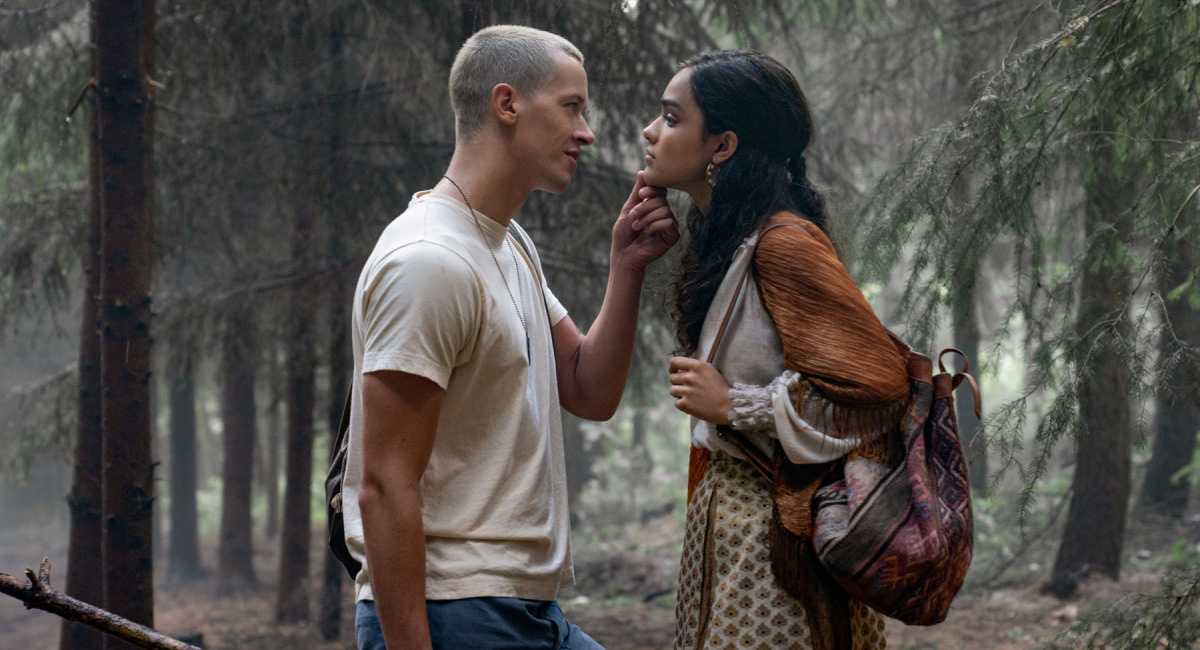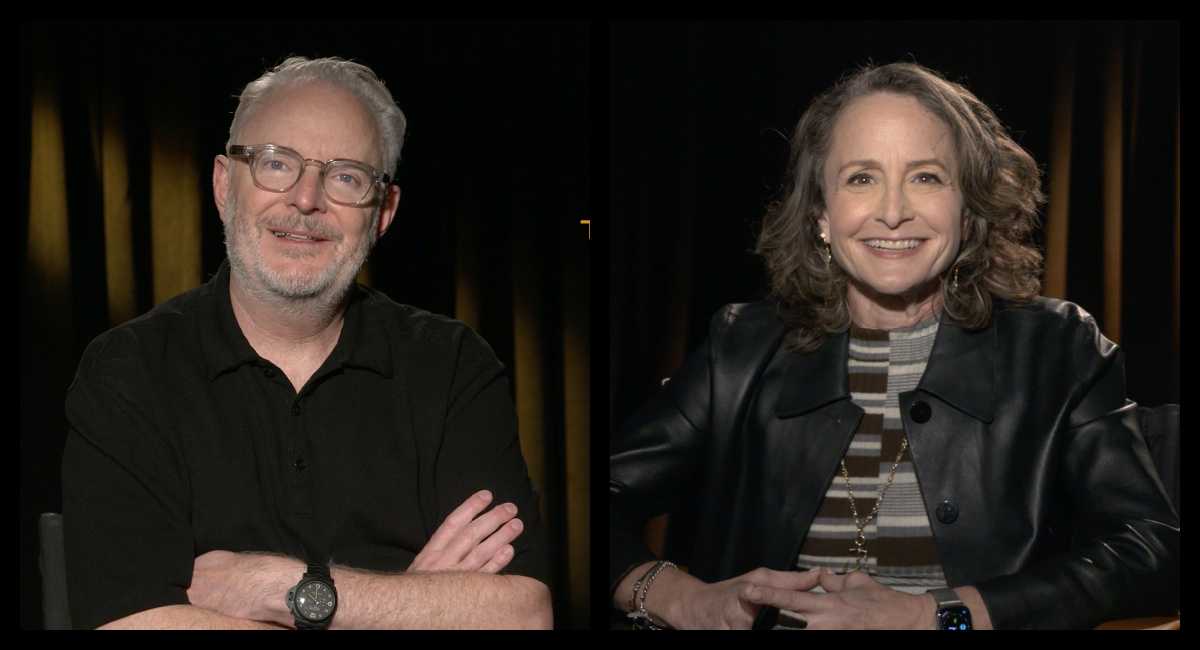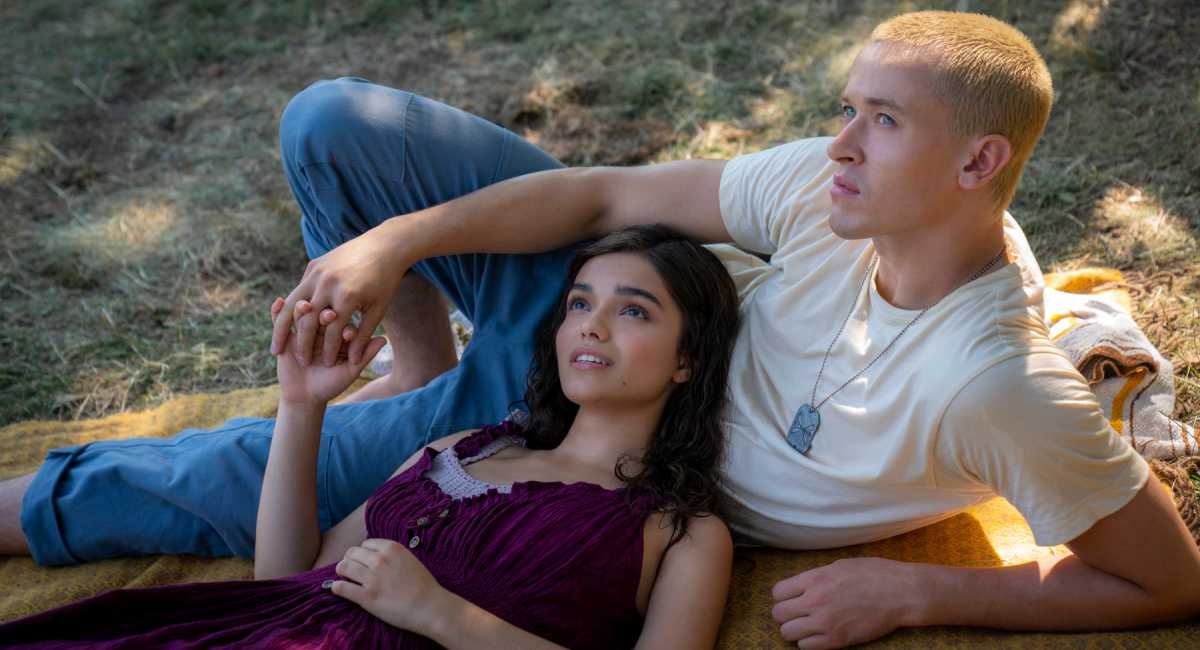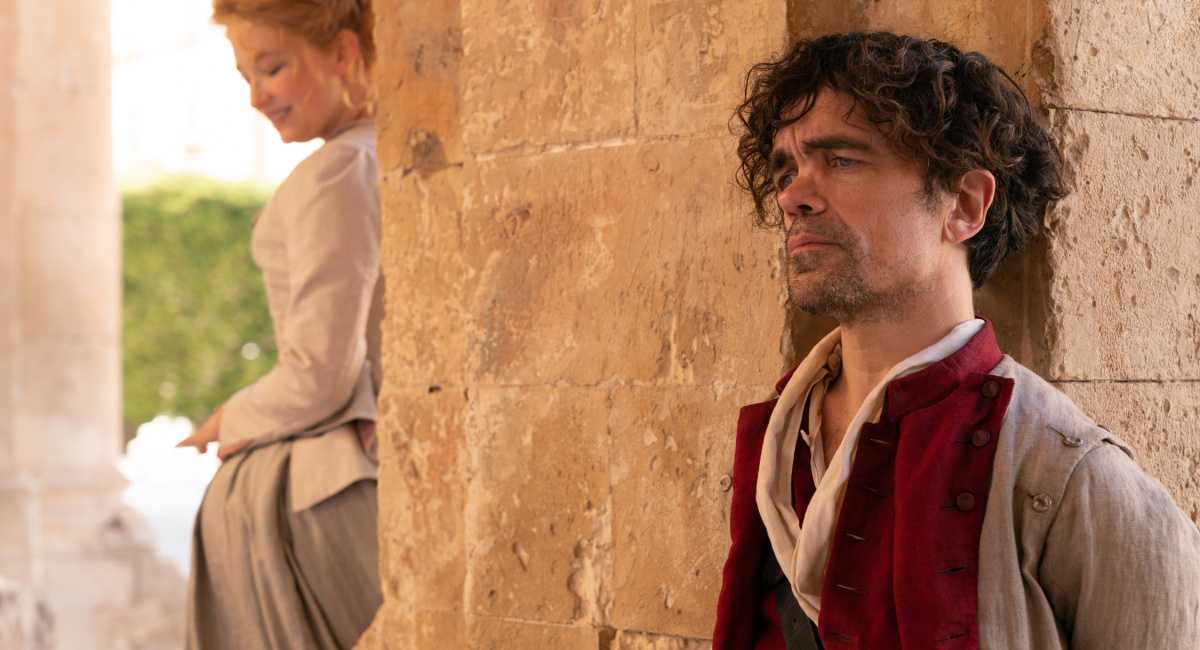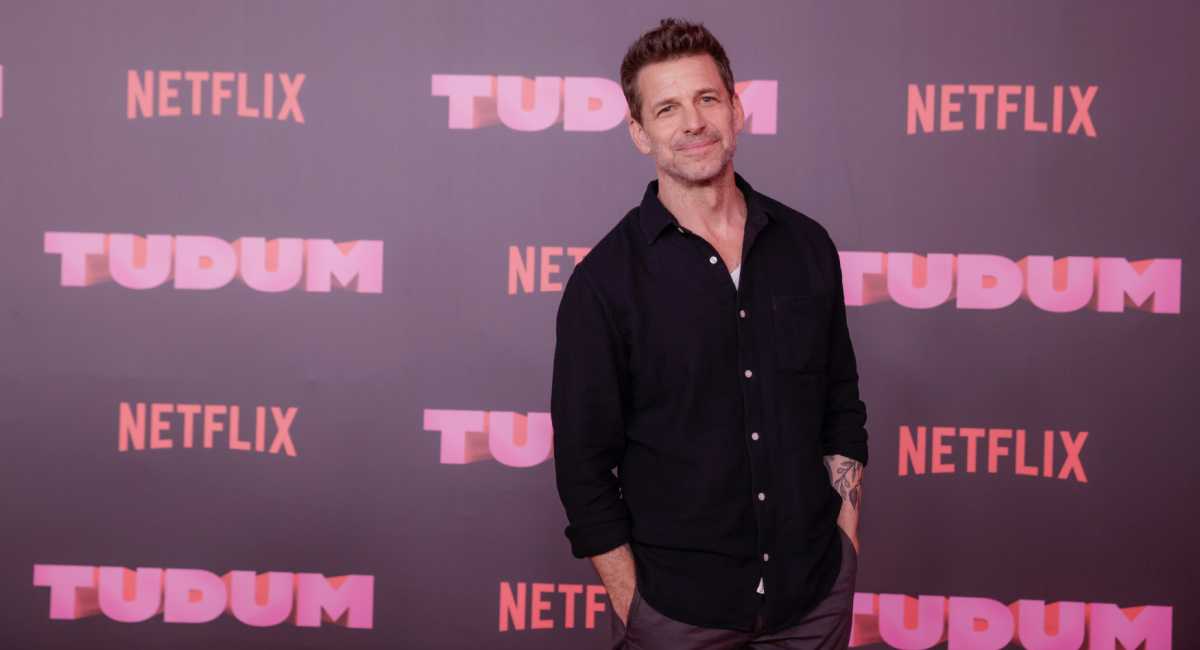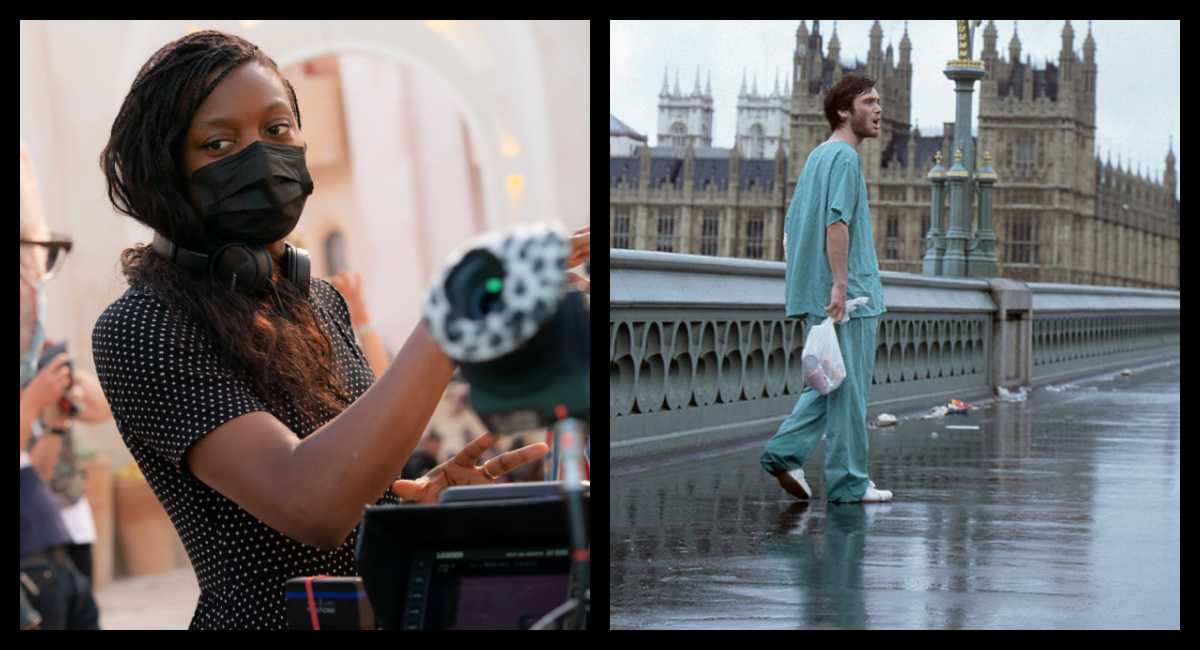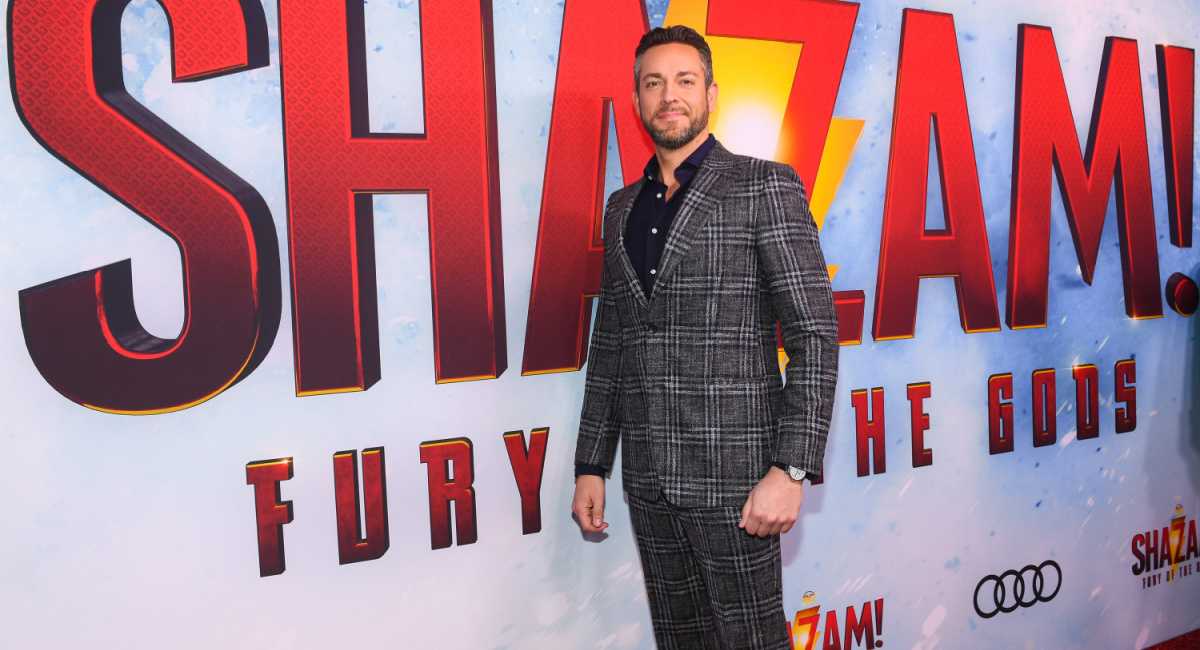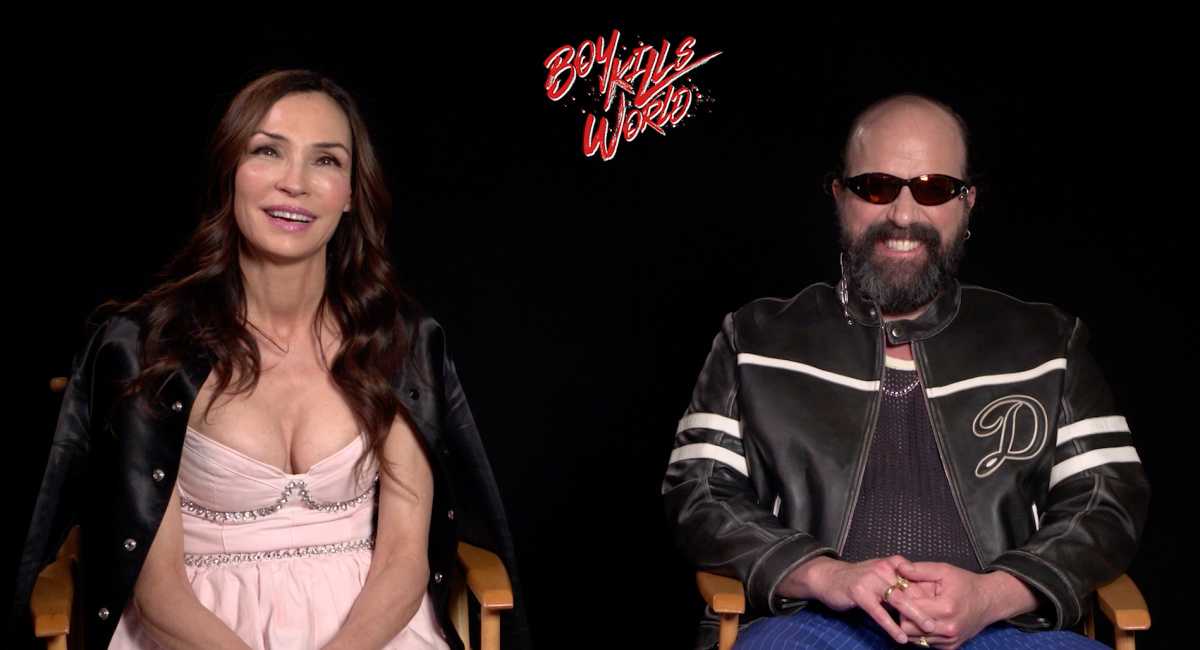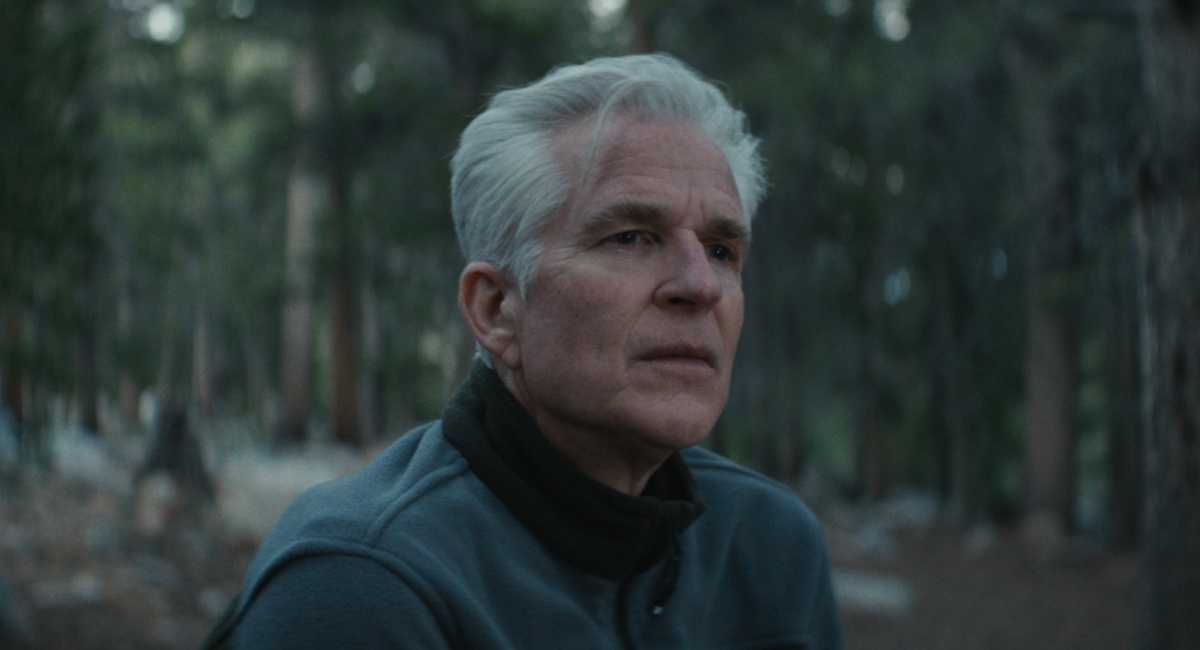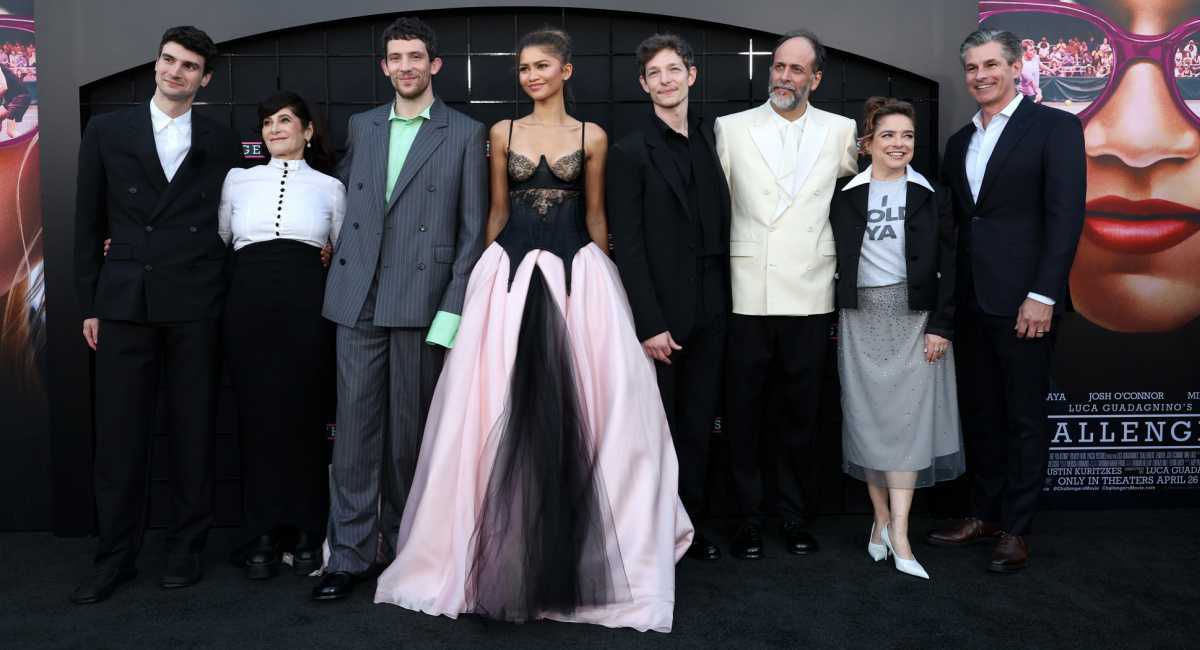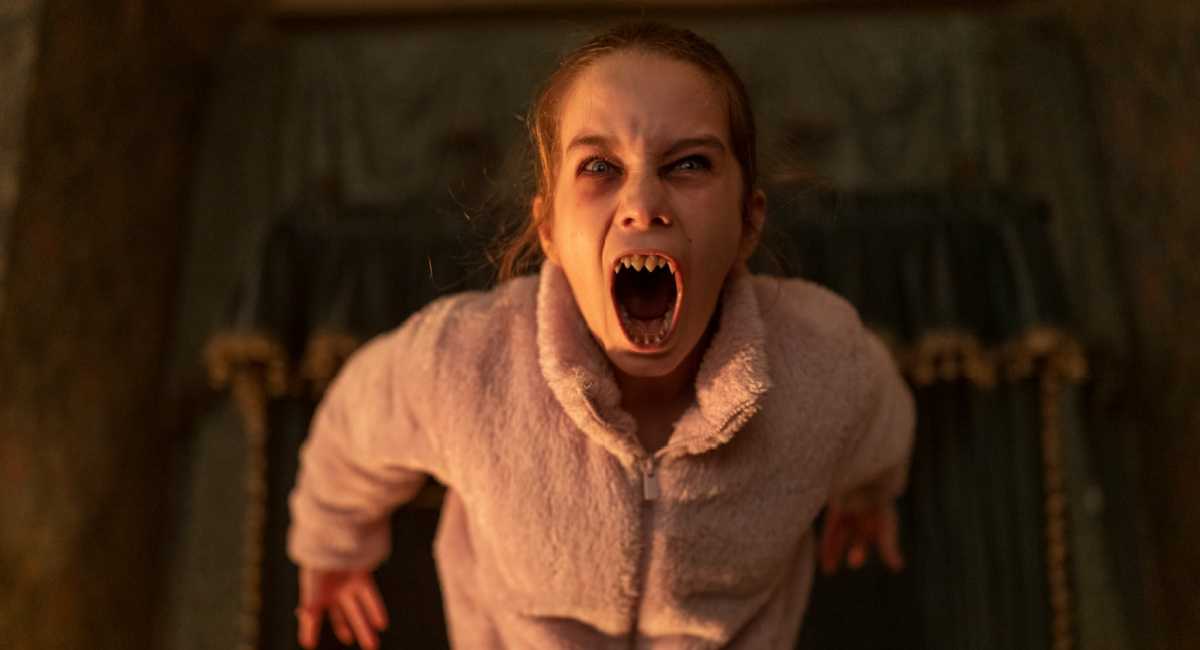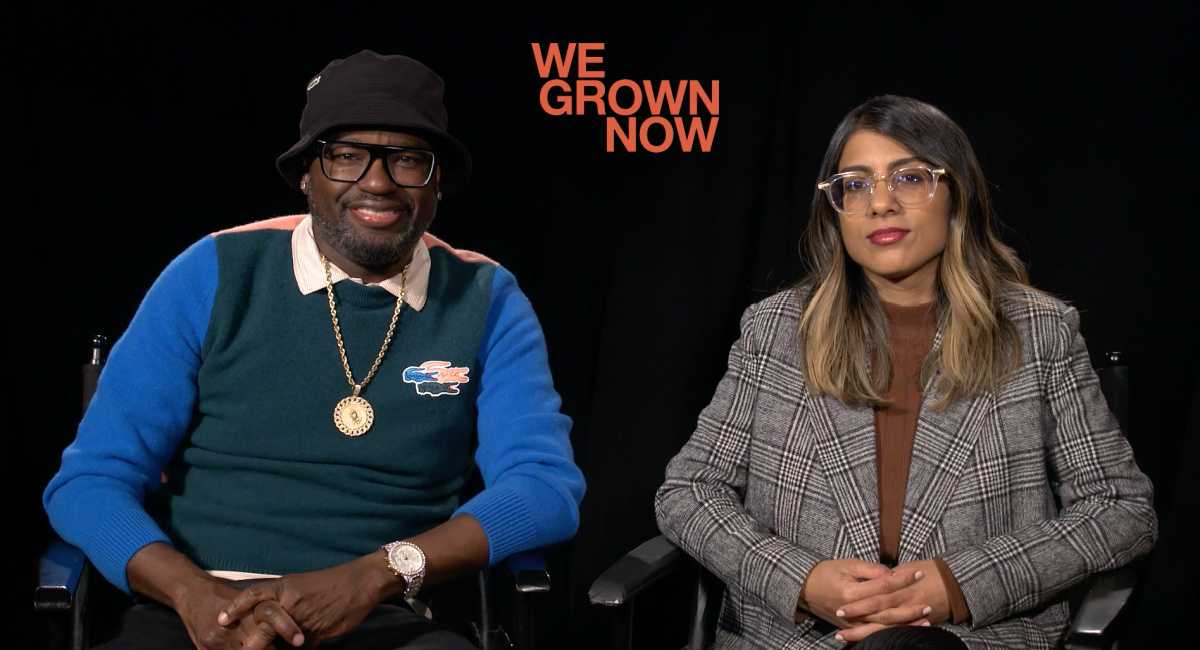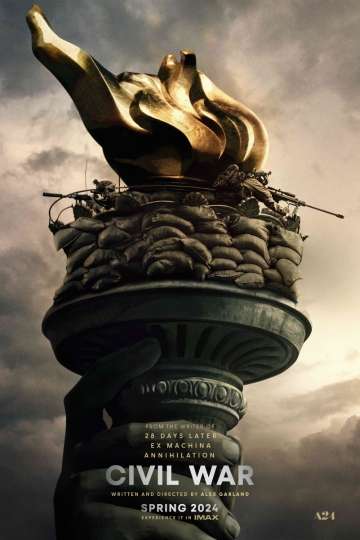11 Things You Never Knew About 'The Hunger Games'
Hard to believe, but there was a time before Jennifer Lawrence was everybody's BFF. But then, five years ago this week (on March 23, 2012), came the release of "The Hunger Games."
The adaptation of the first novel of Suzanne Collins' best-selling trilogy made Lawrence an instant A-lister, launched one of the biggest film franchises of recent years, and spawned a slew of imitators in the young-adult-dystopian-future genre.
For all its enormous impact, and for all the fan lore, there's still a lot you may not know about "The Hunger Games," from the real-life dangers the actors faced to the ideas behind the unforgettably flamboyant fashions of the film's fascist future. Here's the skinny on how Collins's starving warriors came to the big screen.
1. After proving her ability to survive a backwoods environment and skin squirrels in her Oscar-nominated performance in "Winter's Bone" (2010), Lawrence nailed her audition to play Katniss Everdeen, beating some 50 other actresses for the part. (Among the also-rans: fellow teen stars Hailee Steinfeld, Shailene Woodley, Chloe Grace Moretz, Emma Roberts, Saoirse Ronan, and Abigail Breslin. But she spent three days mulling the offer, wary of becoming as famous -- and as hounded -- as Kristen Stewart was when she took on her "Twilight" role.
2. For the first "Hunger Games," Lawrence earned just $500,000. By contrast, Gary Ross, working for the first time as a director-for-hire (his previous works, from "Big" to "Pleasantville," had all been based on his own ideas), reportedly earned between $3 and $4 million.
3. Before filming, Lawrence was already in great shape, thanks to her fitness regime from "X-Men: First Class." Still, she spent six weeks of training, including archery, parkour, yoga, and tree-climbing. She notoriously injured herself on the last day of training by running full-speed into a wall, but the injury didn't prove serious.
4. On the North Carolina woodland set, there were some real survival challenges, including 100-degree heat and bears -- about 300 of them roaming the forest surrounding the set.
5. Co-star Liam Hemsworth also made a point of slimming down. Before Liam began shooting his role as Gale, his brother, "Thor" star Chris Hemsworth, sent him a text with the advice, "It's called 'The Hunger Games,' not 'The Eating Games.'"
6. For the city scenes, the filmmakers built sets on the grounds of an abandoned Philip Morris cigarette factory.
7. Explaining the over-the-top fashions she created for the Capitol city-dwellers, costume designer Judianna Makovsky told Vogue, "I just thought it would be funny if these people, who have such a vicious streak in them, are sort of covered in flowers and ruffles."
She also came up with their signature make-up look -- powdered faces with no eyebrows. "It immediately takes the face somewhere else," she said. "It takes it high fashion, but also a little scary. And also beautiful, funnily enough."
8. The initial budget for the film was $60 million, modest for a would-be blockbuster requiring elaborate set design and some 1,200 special effects shots. By the time the movie was finished, its cost had ballooned to $78 million -- still a bargain, by action spectacle standards. Even its marketing budget, at $45 million, was about half what such movies usually spend.
9. Distributor Lionsgate managed the tricky feat of marketing a movie about kids killing other kids for the sake of entertainment by never actually showing combat footage from the games in its trailers. It even banned the slogan "Let the games begin" from promotional use. The effect was to make fans wonder how the filmmakers would depict the bloody competition, a mystery that could be solved only by buying a ticket to the movie.
10. "Hunger Games" scored a $155 million opening weekend, a March record and a record at the time for a franchise's first film. It went on to earn $408 million in North America and a total of $694 million around the globe. To this day, it remains Lionsgate's second highest-domestic grosser, topped only by "The Hunger Games: Catching Fire."
11. Overall, the franchise has earned nearly $1.5 billion in North America and just shy of $3 billion worldwide.

The Hunger Games
Every year in the ruins of what was once North America, the nation of Panem forces each of its twelve districts to send a teenage boy and girl to compete in the... Read the Plot




